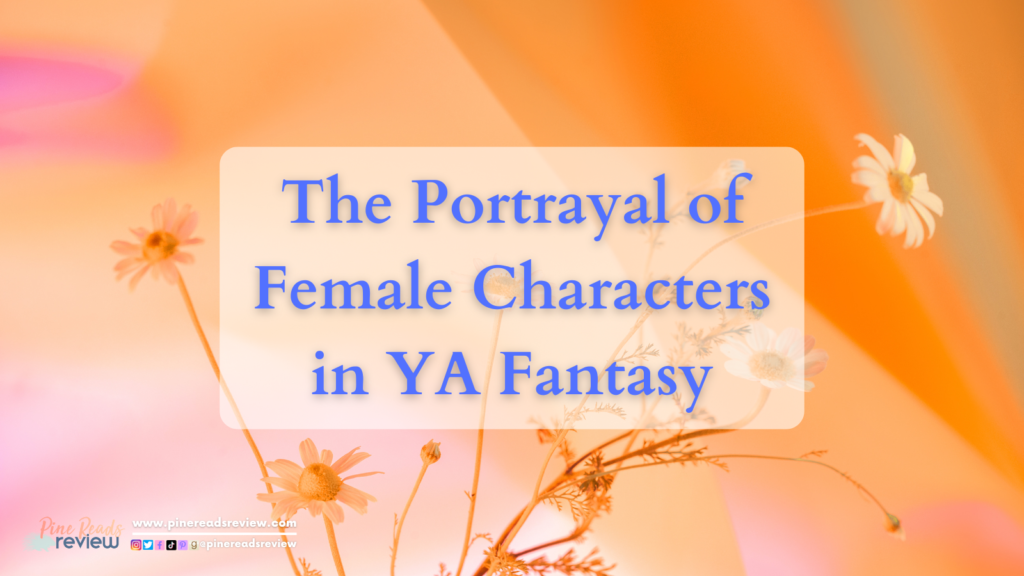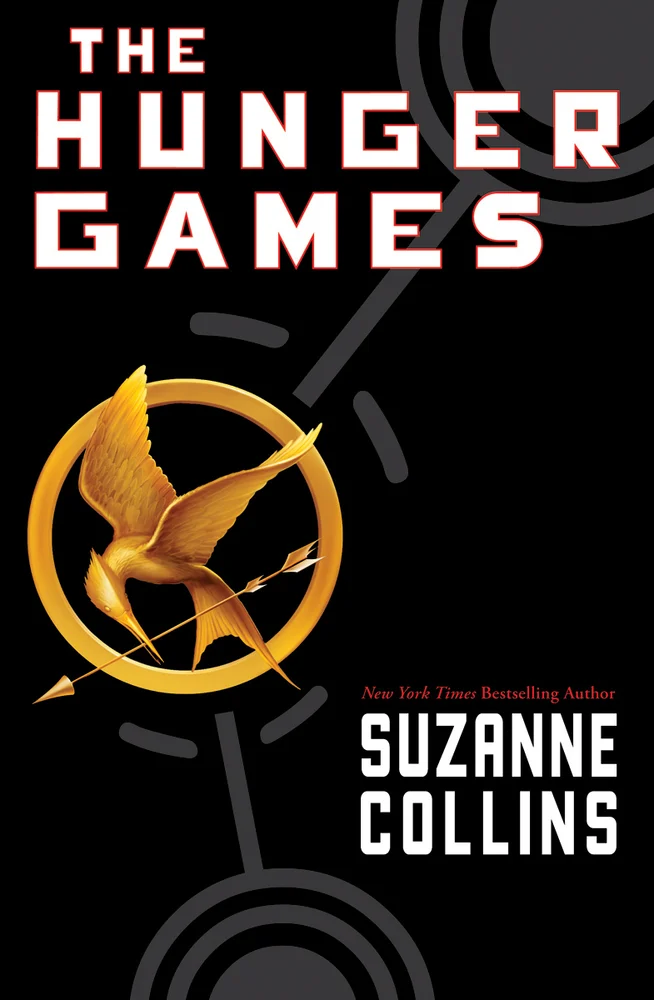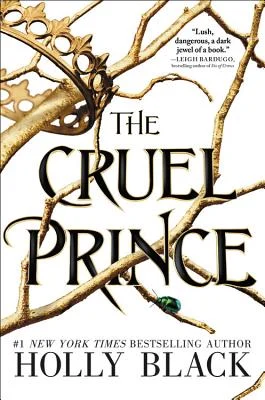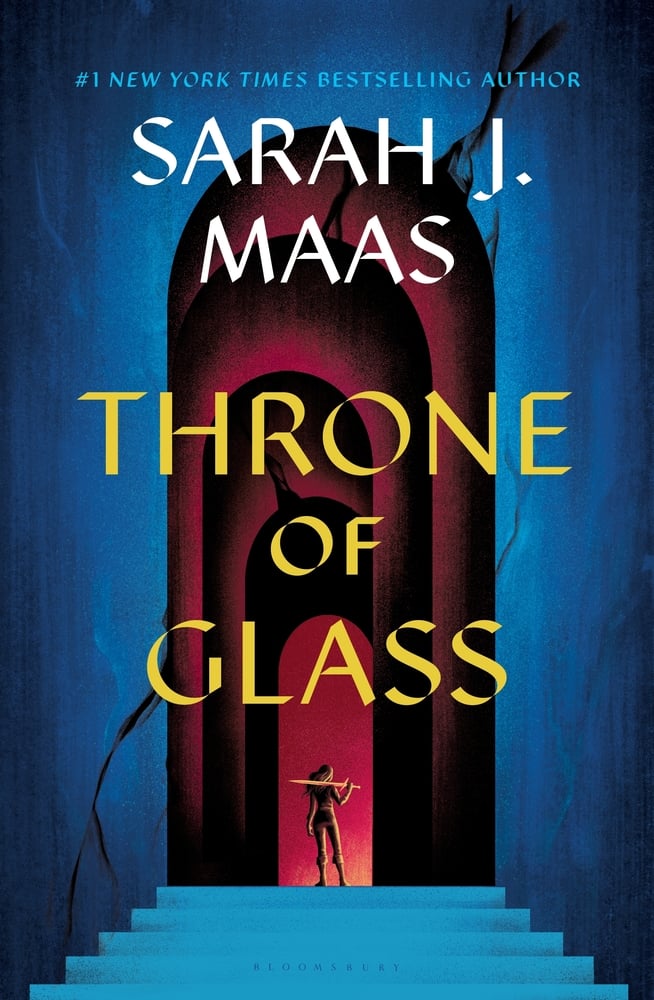
Young adult fiction has changed so much throughout the decades. Most attribute the start of YA literature to The Outsiders by S. E. Hinton in the late 1960s, as well as The Chocolate War by Robert Cormier. In books like these, there were very few female main characters. If there were, they were often stereotyped and lacked depth. You can see this same phenomenon in fantasy books of the vast majority of the 20th century. In fantasy books, it was often men who were fighting dragons and saving the world. It wasn’t until the 2000s that we started to see a major shift.

New stories started to emerge during this time where strong female main characters were leading rebellions and fighting in wars, like Katniss Everdeen in The Hunger Games by Suzanne Collins (2008). Young adult fiction, fantasy in particular, has since become a female-dominated field. When you think of the most popular YA fantasy books, almost all of them are written about women, by women. They have started to win awards, top best-seller lists, and help foster a new generation of female readers.
Throughout my life, I have been able to go to my local bookstore or library and pick up books filled with female characters I could look up to. Before I read YA, I had Annabeth Chase from Percy Jackson & the Olympians. To me, Annabeth is an influential character because of her brain, wisdom, drive, and character development. It’s so important to see young girls in literature that are strong and independent but also know when to turn to those they love for support and guidance. Rick Riordan has always been great at portraying those intricate relationships.

When I started reading young adult fantasy, I entered a whole new world. Almost every book I picked up off the shelf at a bookstore was about a female assassin or a warrior princess or a teenage girl with magical powers. I’ve seen women like Jude Cardan from The Cruel Prince fight to rule magical lands, but I’ve also seen women like Evangeline Fox from Once Upon A Broken Heart find true love and fight against an abusive prince. Even more important than the increase in female main characters is how diverse these women are. Not only have we seen more and more BIPOC female characters playing major roles in fantasy books, but all of these female characters are different and have flaws. Jude Duarte is morally gray and complex, as are so many loved main characters like Inej Ghafa (Six of Crows) and Juliette Cai (These Violent Delights). Evangeline Fox is a hopeless romantic who loves beautiful and whimsical things, but she’s also made bad decisions. They’ve all fought to overcome trauma and have grown stronger in spite of their struggles. Women in YA fantasy have depth and purpose, and each new female character that comes to life is another one that female readers can identify with.

Female authors and characters are breaking boundaries through this genre. Books like Legendborn by Tracy Deonn have broken so many barriers with empowered BIPOC main characters, like Bree Matthews from Legendborn, tackling magical creatures and racism simultaneously. The now-iconic fantasy book image of a teenage girl in a beautiful dress with a dagger underneath has challenged and debunked stereotypes as well, proving that women can be beautiful and strong. Characters like Aelin Galathynius from Throne of Glass are great examples of this. Aelin is a genius, powerful assassin, and wielder of magic, but she also adores pretty clothes and jewelry. This same sentiment is being proved over and over again by women in the real world who are engineers, lawyers, and more as their intelligence is called into question because of their clothes or makeup.
Young girls and women are becoming properly represented in young adult fantasy novels. I have grown up reading about women who have changed the world, and I am not the only one. By portraying such a wide variety of female characters, we are giving every girl someone to relate to. It is vitally important that female characters across all ethnicities, all religions, and of all personalities are written about. I have read about women who are different from me, and I’ve read about women who are just like me. I’ve read about women who are flawed and unlikeable, who are scientists and warriors, who are introverted booklovers, who are devoted sisters and friends, and so much more. I have learned something new, about myself and about others, from every single female character I have read about. While there have been clear improvements in recent times, there is always more that can be done, especially when it comes to underrepresented communities. As young adult literature grows more and more, I hope to see new female characters who continue to shed a light on the complex lives of all types of women.
Samantha Yanis, Pine Reads Review Writer & Podcast Host